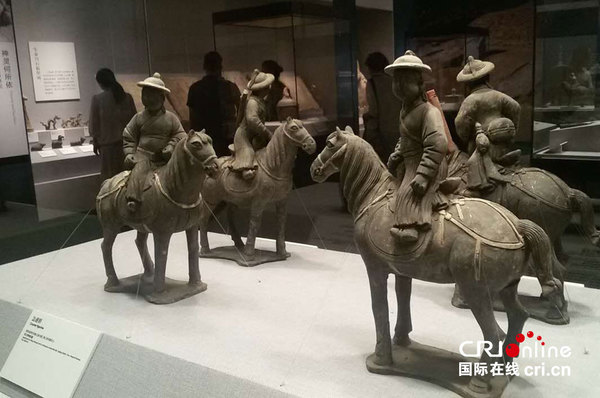Many people take Beijing's metropolitan status for granted, especially if you live in the city - but there's actually still a lot to learn and explore. An ongoing exhibition at the city's Capital Museum examines the process by which Beijing became China's capital.
Entitled "The Capital Cities of the Yuan Dynasty", the exhibition displays 160 sets of relics from the Capital Museum and 14 other museums and research institutions across northern China.

Entitled "The Capital Cities of the Yuan Dynasty", the exhibition displays 160 sets of relics from the Capital Museum and 14 other museums and research institutions across northern China.
The ongoing exhibit runs through December and marks the 740th anniversary of the construction of Khanbaliq, the predecessor of today's Beijing, which was also known as Dadu, meaning "the great capital".
It was one of the capitals of the Yuan Dynasty from 1271-1368, which was founded by Mongol ruler Kublai Khan five years later.
Displays here include porcelain, textiles, gold artifacts, construction materials and figurines.
"The Yuan Dynasty existed for less than a century, so its relics are relatively few. China spent more time split than united before the dynasty. The Yuan Dynasty created a solid foundation for lasting cohesion. So it's important to study," said Yang Dandan, spokeswoman, Beijing Capital Museum.
"We want to show the dynasty's history and customs from a comprehensive perspective, from urban construction and the rulers' palace lives to various aspects of ordinary people's daily lives."
Pieces include a pottery figure of a dancing man - the only of its kind from the period that has been discovered. A ceramic pillow with depictions of an opera stage, and a porcelain bowl adorned with lotus and tortoise patterns demonstrate the era's best craftsmanship.
The exhibition runs until December 9th.















